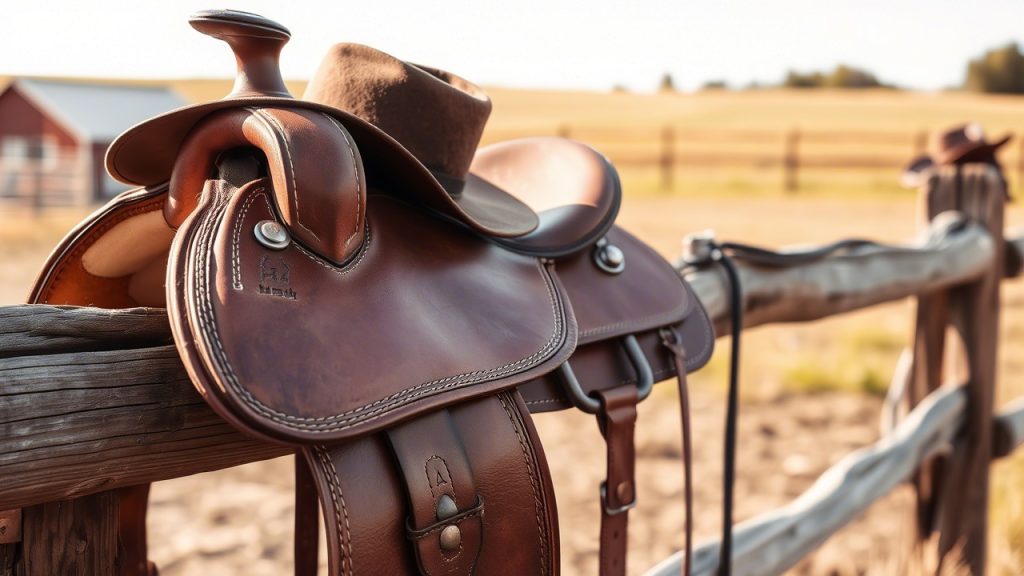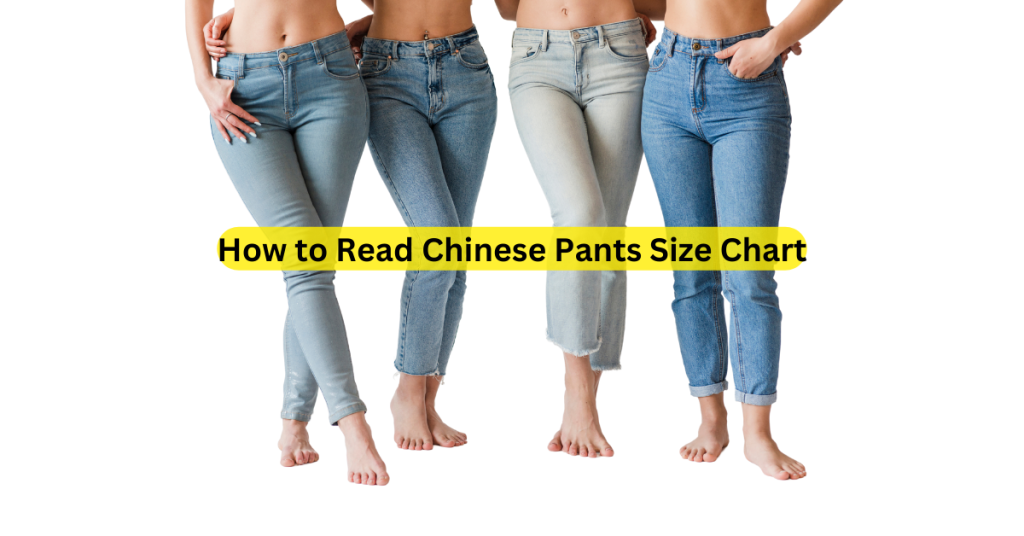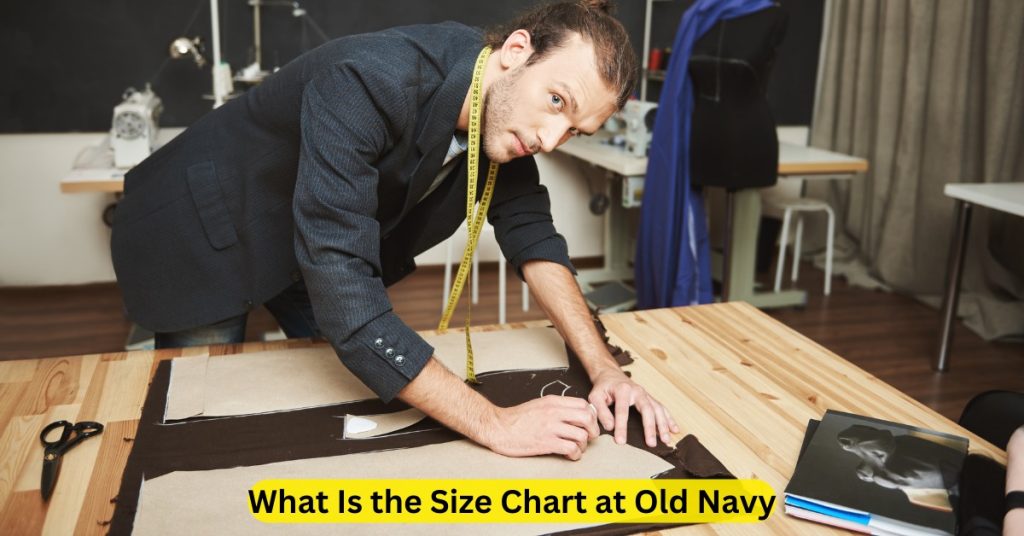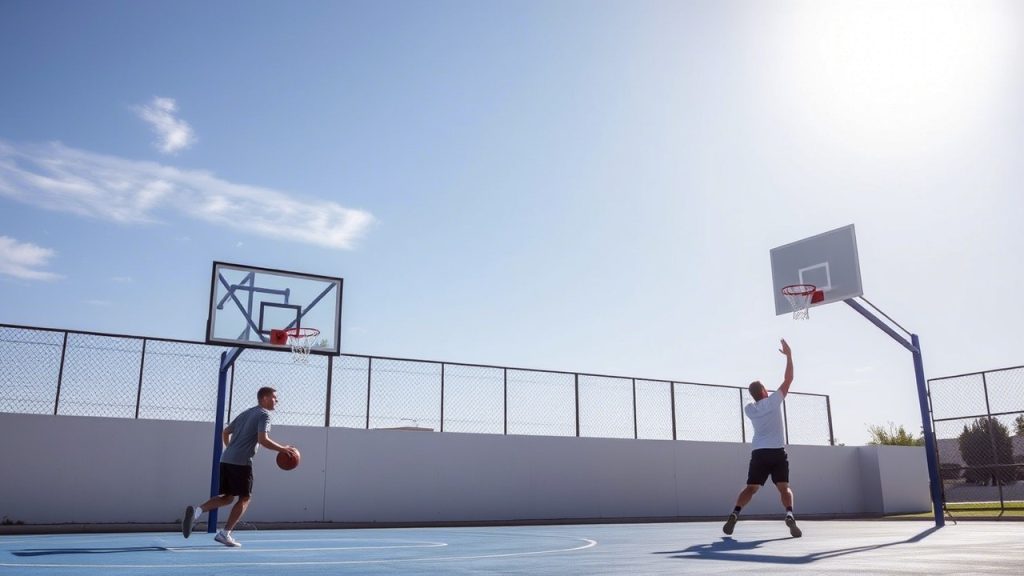10 Best Saddles to Improve Horse Comfort and Flexibility – Expert Reviews & Buyer’s Guide
When it comes to equestrian performance, nothing is more important than the comfort and flexibility of your horse. A well-fitted saddle that supports your horse’s natural movement can make the difference between a smooth, responsive ride and a tense, uncomfortable experience for your equine partner.
Whether you’re a professional rider, a weekend enthusiast, or a beginner, choosing the right saddle is crucial. The best saddles to improve horse comfort and flexibility are designed not only to fit the horse perfectly but also to distribute the rider’s weight evenly, reduce pressure points, and allow freedom of movement.
We’ll review the 10 best saddles on the market today that excel in enhancing horse comfort and flexibility. We’ll also discuss key factors to consider when selecting a saddle, how to check for fit, and common questions every rider should know before investing.
Looking for the perfect fit? Check Out These Best-Selling Saddles Horse Comfort and Flexibility.

Why Horse Comfort and Flexibility Matter
Your horse’s well-being directly impacts performance and longevity. A comfortable horse is willing, less prone to injuries, and better able to use its body effectively.
Key reasons to prioritize comfort and flexibility include:
- Preventing Back Pain: Ill-fitting saddles cause muscle soreness and spine damage.
- Encouraging Natural Movement: Flexible saddles let your horse stretch and engage muscles freely.
- Improving Performance: Comfort helps your horse relax and respond better to aids.
- Increasing Rider-Horse Connection: When your horse feels good, communication improves.
- Avoiding Behavioral Issues: Discomfort often leads to resistance, bucking, or refusal.
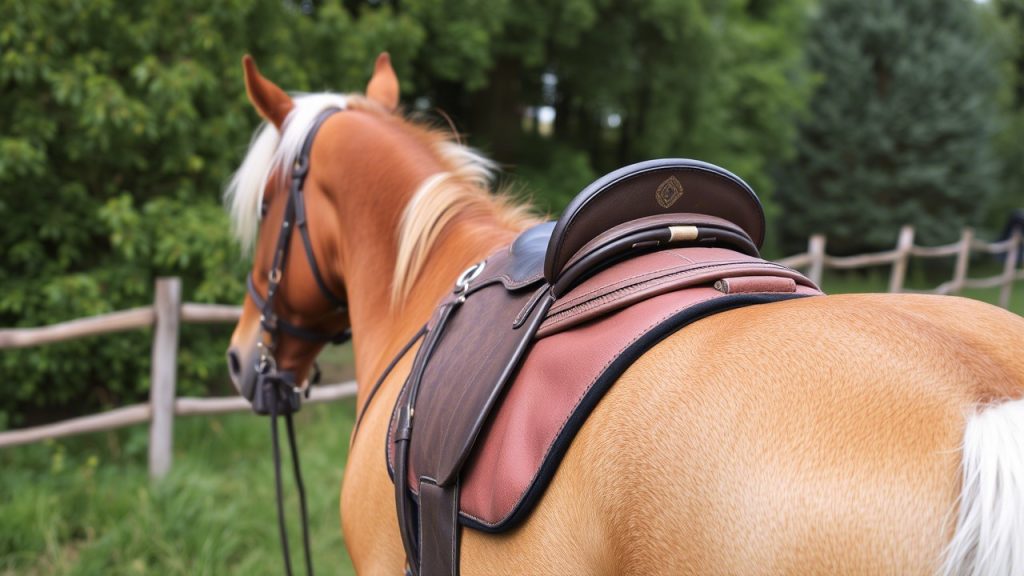
What Features Define Saddles That Improve Comfort & Flexibility?
Not all saddles are created equal when it comes to your horse’s health. Here are some essential design elements to look for:
- Adjustable Trees or Panels: Customizable fit adapts as your horse’s shape changes.
- Lightweight Construction: Reduces overall burden on the horse’s back.
- Wide Gullet: Keeps pressure off the spine for unrestricted movement.
- Flexible Trees: Allow the saddle to move subtly with the horse’s motion.
- Shock Absorbing Panels: Cushion the horse’s back and distribute weight evenly.
- Anatomical Shape: Contours designed to accommodate shoulder and back muscle movement.
- Quality Materials: Durable, breathable leather or high-grade synthetics for comfort and longevity.
The 10 Best Saddles to Improve Horse Comfort and Flexibility
1. Wintec 500 All Purpose Saddle
The Wintec 500 is a synthetic saddle celebrated for its lightweight design and comfort features. It includes the patented Easy Change Gullet System, allowing riders to adjust the fit as the horse’s shape evolves.
- Pros: Affordable, low maintenance, great for horses with changing body shapes.
- Features: Adjustable tree, deep seat for security, suede seat for grip, padded panels for cushioning.
- Why It Improves Comfort: The flexible panels reduce pressure points, and its adjustable gullet enhances freedom of movement.
2. Stubben Genesis Saddle
Known for its exceptional craftsmanship, the Stubben Genesis is a lightweight leather saddle designed with an innovative tree and panels that flex to the horse’s back.
- Pros: Superb balance and fit, supports independent seat.
- Features: Flexible tree, foam-filled panels, anatomical cutback.
- Why It Improves Comfort: The foam panels conform to the horse’s back and absorb shock, improving muscle relaxation and movement.
3. Antares Cadence Dressage Saddle
This luxury dressage saddle is renowned for customization. It allows fitting to a wide range of horses thanks to an adjustable tree and various panel options.
- Pros: Premium materials, tailored fit, excellent for high-performance horses.
- Features: Adjustable tree and panels, deep seat, anatomical design.
- Why It Improves Comfort: The adjustability lets riders maintain an optimal fit, crucial for horses engaged in advanced dressage work.
4. Passier GG Jump Saddle
The Passier GG Jump saddle strikes a balance between comfort and security for jumping horses. It features a tree designed to adapt to the horse’s movement and flexible panels.
- Pros: Balanced, supportive, encourages good leg position.
- Features: Flexible tree, wide gullet, shock-absorbing panels.
- Why It Improves Comfort: It minimizes pressure during jumps and landings, encouraging supple movement.
5. CWD SE10 Saddle
Highly favored among competitive riders, the CWD SE10 is designed for top-level performance with a focus on horse comfort.
- Pros: Precision fit, innovative tree technology.
- Features: Adjustable gullet, memory foam panels, lightweight leather.
- Why It Improves Comfort: The memory foam molds to the horse’s back, reducing pressure and increasing flexibility.
6. Bates Caprilli Close Contact Saddle
This saddle from Bates incorporates synthetic materials and a CAIR cushioning system, which uses air-filled panels to distribute weight evenly.
- Pros: Adjustable fit, excellent shock absorption.
- Features: CAIR system, adjustable tree, durable synthetic materials.
- Why It Improves Comfort: Air panels conform to the horse’s shape, providing superior flexibility and comfort.
7. Devoucoux Makila Dressage Saddle
The Makila offers a modern twist on comfort and performance, featuring customizable fit options and premium leather.
- Pros: Tailored fit, flexible panel system.
- Features: Adjustable tree, multi-layered panels.
- Why It Improves Comfort: The saddle’s flexibility promotes a free shoulder and spine, essential for dressage horses.
8. Thorowgood T8 All Purpose Saddle
A budget-friendly synthetic option, the Thorowgood T8 offers great comfort and flexibility, especially for leisure riders and horses with challenging shapes.
- Pros: Affordable, easy to clean, adjustable tree.
- Features: Flexible synthetic tree, padded panels, wide gullet.
- Why It Improves Comfort: Flexible design reduces hotspots and supports natural movement.
9. Prestige X-Breath Jump Saddle
The Prestige X-Breath combines traditional leather quality with innovation to increase airflow and comfort.
- Pros: Breathable, durable, flexible panels.
- Features: Anatomical shape, flexible tree, padded knee rolls.
- Why It Improves Comfort: Enhanced breathability prevents overheating, and the anatomical design supports natural movement.
10. WinTec 2000 All Purpose Saddle
Another Wintec model, the 2000, features a deep seat and adjustable gullet system combined with shock-absorbing panels, making it a favorite for horses needing comfort and flexibility.
- Pros: Easy to maintain, versatile.
- Features: Adjustable tree and panels, padded seat, synthetic leather.
- Why It Improves Comfort: The adjustable system ensures a perfect fit, while padded panels cushion the horse’s back during work.
How to Choose the Best Saddle for Your Horse’s Comfort and Flexibility
Choosing the right saddle involves more than just picking a brand or style. Here’s a step-by-step approach to help you make the best decision:
1. Assess Your Horse’s Back and Movement
Look for signs of discomfort such as:
- Pinching or rubbing
- Resistance to saddling
- Uneven sweating
- Reluctance to move forward or hind leg issues
A saddle that allows free movement and relieves pressure points will improve your horse’s comfort.
2. Prioritize Fit Over Style
An aesthetically pleasing saddle means little if it doesn’t fit well. Use professional saddle fitting services or trainers to assess saddle fit.
3. Choose Adjustable Saddles When Possible
Horses’ bodies change with age, training, and weight. Adjustable saddles extend usability and comfort.
4. Consider Riding Discipline
Dressage, jumping, endurance, and trail riding demand different saddle features tailored to movement and rider position.
5. Test Ride Saddles
Always try saddles on your horse before purchase, checking for pressure points, rider balance, and horse’s willingness to move.
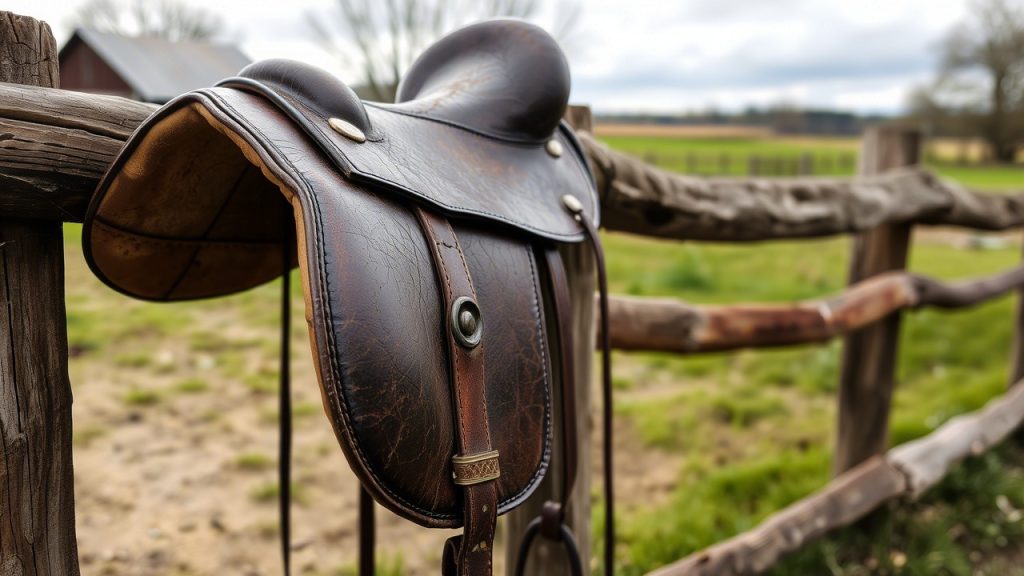
Maintaining Your Saddle for Longevity and Comfort
A well-maintained saddle supports your horse’s comfort over time.
- Regularly clean and condition leather.
- Inspect and replace worn panels.
- Schedule annual saddle fittings.
- Store in a dry, cool place.
- Avoid heavy use without breaks to allow the saddle to “rest.”
9 Frequently Asked Questions
1. How can I tell if my saddle fits my horse well?
Look for even contact along the panels, no pinching behind the withers, and observe your horse’s movement and behavior during and after riding.
2. Why is a flexible tree important?
Flexible trees adapt to the horse’s movement, reducing pressure and allowing more natural back motion.
3. Can a saddle improve a horse’s flexibility?
Yes, by relieving pressure points and allowing free shoulder and spine movement, a saddle can promote flexibility.
4. Are synthetic saddles as comfortable as leather ones?
Modern synthetic saddles often provide excellent comfort, are lightweight, and easier to maintain, though some riders prefer leather for its natural breathability.
5. How often should I have my saddle checked or refitted?
At least once or twice a year, especially if your horse’s condition changes.
6. Can poor saddle fit cause lameness?
Yes, prolonged discomfort from saddle pressure can lead to muscle soreness and lameness.
7. What’s the difference between an adjustable tree and a fixed tree?
Adjustable trees can be widened or narrowed to better fit the horse, while fixed trees have one set size.
8. How do padded panels improve comfort?
They distribute rider weight more evenly and cushion impact, reducing pressure on sensitive areas.
9. Should I consult a professional saddle fitter?
Absolutely. Saddle fitters use tools and experience to ensure optimal fit, improving horse comfort and performance.
Conclusion
Investing in the right saddle to improve horse comfort and flexibility is one of the most impactful choices a rider can make. The saddles reviewed here represent the best in innovation, craftsmanship, and design tailored to meet these needs.
By prioritizing your horse’s comfort, you not only enhance their well-being but also foster better performance and a deeper connection. Take time to research, fit, and test saddle options — your horse will thank you for it in every stride.
If you want personalized advice on saddle selection or fitting, don’t hesitate to consult a professional. Remember, a happy horse is a willing partner!

